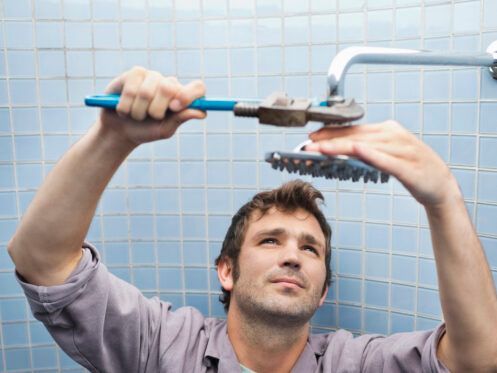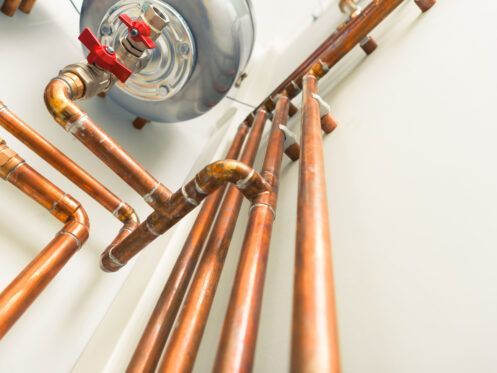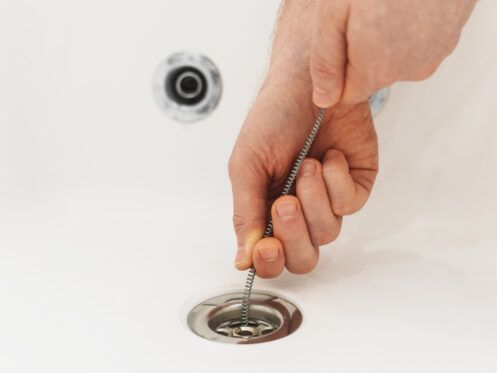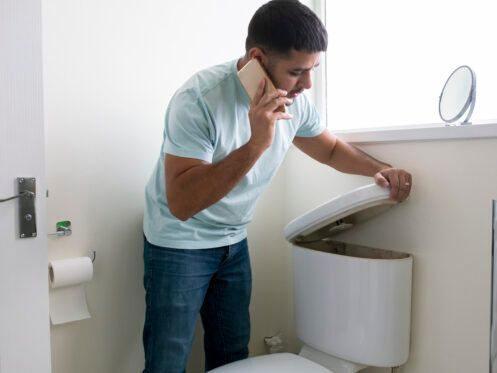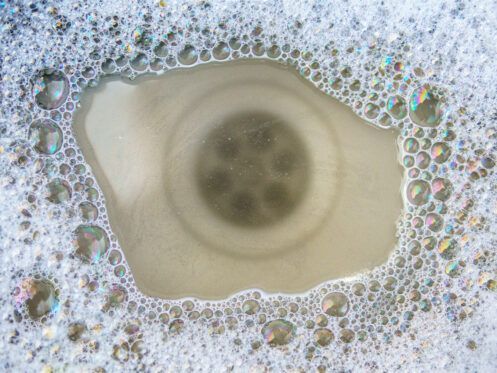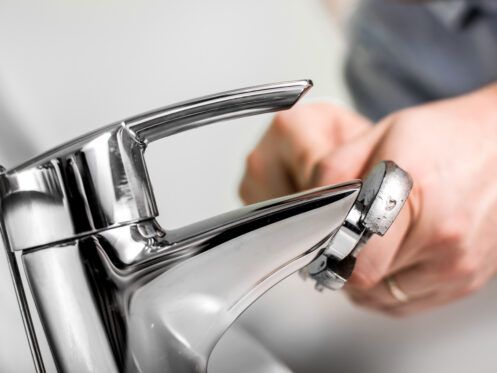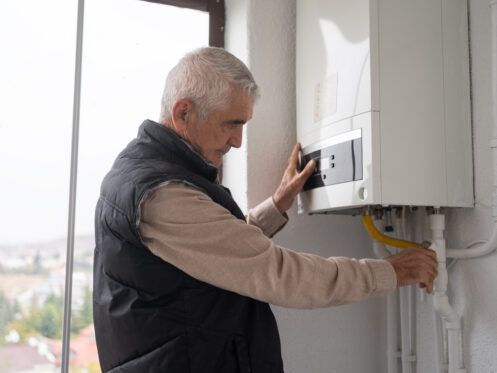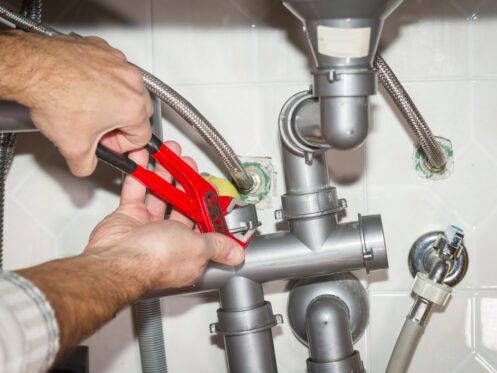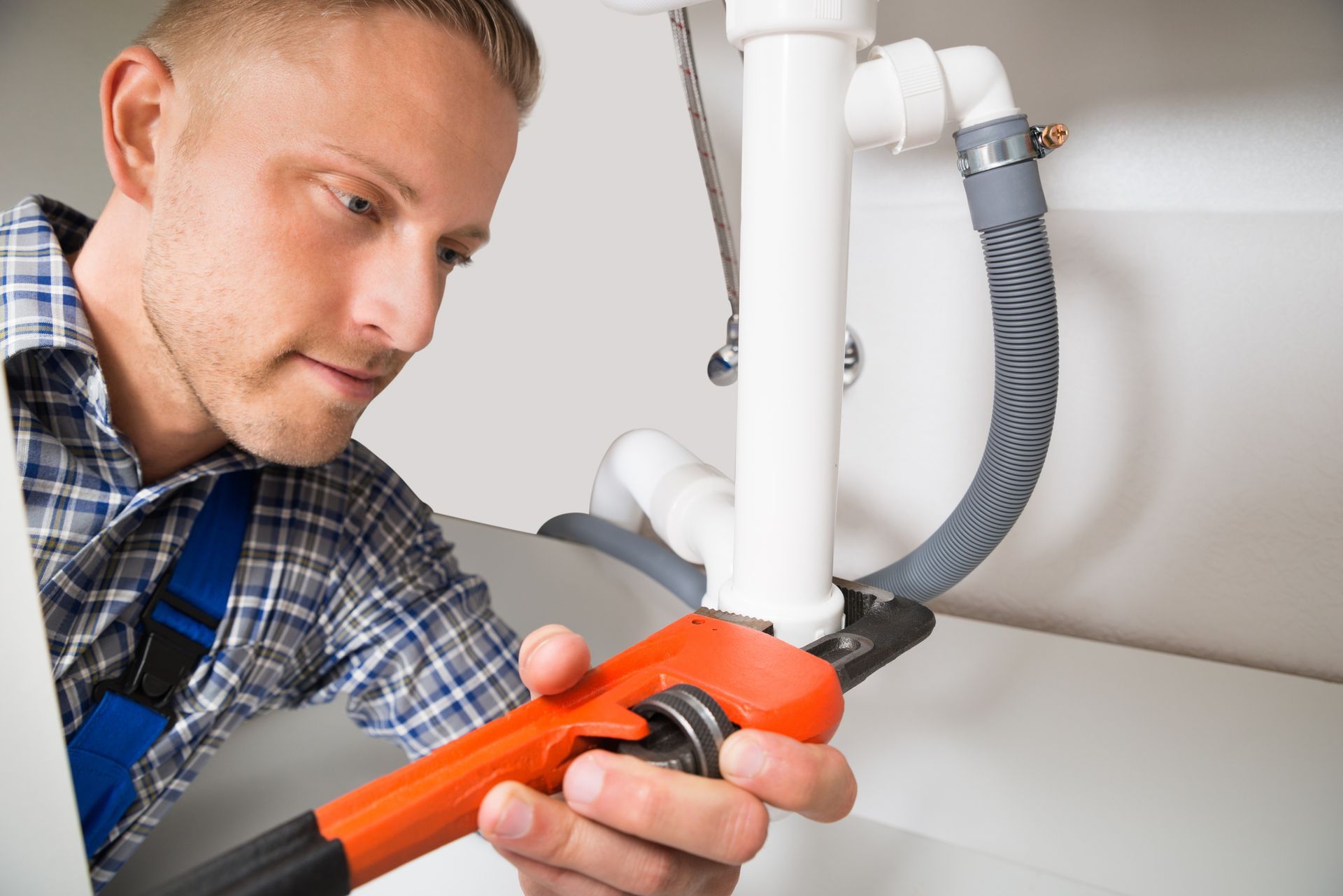Ask an Expert: What Are Sewer Line Camera Inspections?
When diagnosing and repairing plumbing problems in your South San Francisco, CA home, plumbers may need to use sewer line camera technology. Sewer line cameras are highly specialized devices that can locate and identify obstructions without the need for trenching or excavation.
They offer a minimally invasive approach that leaves landscapes intact and reduces the risk of utility line encounters. Read on to find out how sewer line camera inspections are performed, when they’re needed, and the benefits they provide.
What Is a Sewer Scope?
All of the drains in your home converge onto a single sewer line. This line travels underground to the municipal sewer main where it deposits all of the wastewater and other effluence your household produces. If this line should ever crack, spill its contents, or develop a major blockage, you’d likely find evidence of the problem in your yard or your house, but you wouldn’t know its exact location or the nature of the materials involved.
To ascertain this information, you’d need to unearth small areas of pipe until you find the offending section. Digging for diagnostics is costly, disruptive, and highly inefficient. It involves reporting your digging plans, locating underground utilities, and navigating around them after you’ve received the necessary permits.
A sewer scope inspection or a sewer line camera inspection can give you the information you require within just minutes. During these inspections, our team sends a tiny but powerful camera into sewer lines via a long, retractable cable. Even before we encounter obstructions, we can see what they are, their size, and how they’re impacting plumbing systems among other things. After capturing the necessary footage, we reel our camera back in and share our plans of action. Often referred to as “snake cameras,” sewer scopes eliminate the guesswork from underground sewer diagnostics and repairs.
The Benefits of Sewer Line Camera Inspections
Sewer line camera inspections are major time-savers. Given that these cameras travel directly through pipe interiors, there’s no risk of having them encounter or damage utility lines. You don’t have to call and report your repair project for underground digging authorization. As such, your plumber may be able to start working right away.
If you’ve carefully cultivated your landscape, you’ll love not having to pull up pavers, decorative rocks, native plants, or outdoor elements. Apart from the visible landscape changes wrought by cracked or ruptured sewer pipes, most yards are completely unaffected.
Given that sewer scope inspections are less invasive and require less labor and equipment, they’re also significantly less costly than digging for observation. Sewer line camera inspections are also surprisingly helpful in many less common scenarios. For instance, people sometimes schedule these services to find dropped or accidentally flushed valuables before they enter the municipal sewer system. When buying or selling older properties, these inspections are frequently part of pre-sale appraisals.
Are There Any Drawbacks?
Sewer line cameras are waterproof, gunk-proof, and fitted with powerful LED lights. They give a clear view into pipe interiors, and they may help homeowners sidestep the need for excavation and trenching entirely. However, they aren’t without their limitations. For instance, while these cameras help plumbers see pipe interiors, they don’t reveal the structural damages that pipe may have sustained in their exteriors.
If your sewer line problems are the result of fast-growing tree roots and weeds, a sewer line camera isn’t guaranteed to detect them. Some sewer line cameras also have a hard time picking up and revealing larger obstructions when obstructions travel great lengths of pipe and pipes are filled with effluence and wastewater.
When sewer lines aren’t sufficient for identifying clogs and their exact locations, plumbers may pair this technology with excavation. However, even in these instances, sewer scope cameras can still minimize the need for digging and the magnitude of digging projects.
Signs You Need a Sewer Line Camera Inspection
There are many ways in which plumbers can safely clear your pipes and drains when they’re clogged with soft, permeable, and naturally degradable items. However, plungers, drain augers, drain snakes, and other mechanical tools will simply push solid, non-degradable blockages deeper. You might need a camera inspection if someone in your home has accidentally flushed a toothbrush, toy, or other plastic object. Sending a camera into your plumbing system will prove the safest and most effective way to pinpoint the object’s exact location and extract it. However, camera inspections for sewer lines are most often needed when plumbing systems have blockages that affect all connected drains.
Multi-Drain Issues
It’s normal to have a single smelly or slow-moving drain. Trapped food, slime, hair, and other organic waste tend to become malodorous with time as bacteria flourish. However, if all of your drains are slow-moving and smelly at once, the problem likely lies in your sewer line. Trapped waste or invasive tree roots could be impacting the flow of effluence. You might have a buildup of slow-degrading “flushable” wipes, paper towels, or other paper products, or you may have a cracked sewer line that’s obstructed by underground growths, silt, and soil. In all cases, having the problem resolved is the only way to prevent a dangerous, whole-house backup.
Strange Sounds
When sewer lines have partial obstructions caused by smaller, softer, or permeable items, water drains slowly. When you go to bed at night, you might hear loud gurgling or bubbling noises coming from your drains or toilets. This is the sound of moving air as wastewater finally clears your system. Much like multi-drain issues, these noises indicate an impending whole-house backup. A sewer line camera inspection will help us spot the obstruction and determine the best technique for clearing it.
Sudden Changes in Your Landscape
When sewer lines develop cracks or other significant changes in their structural integrity, their nutrient-rich contents spill out into yards. Not only does this saturate local soils and make the ground soggy and uneven, but it can also trigger a sudden increase in lawn and weed growth. If your yard has sodden, saturated areas and bright blooms of new greenery, it may be time to schedule a sewer scope.
What Happens After a Sewer Line Camera Inspection?
There are multiple ways to repair blocked and damaged sewer lines. After identifying your sewer leak or obstruction, we’ll extract our cabled camera and detail your repair options. For soft, semi-solid buildups, we might recommend hydro-jetting or hydro-steaming. Performed at clean-outs, these services use hot jets of water or steam to scour pipe interiors clean and flush debris toward the sewer main.
We also offer trenchless sewer pipe repair and replacement services. With these, we can replace damaged pipe sections with little to no digging, virtually no risk of utility disruption, and optimum results. Our plumbers will tell you the benefits and drawbacks of each repair method, and we’ll give you a detailed quote.
Your Trusted South San Francisco Professionals
We’re all about helping residents of South San Francisco, CA save money. We offer sewer camera line inspections, trenchless sewer line replacement , general plumbing services, and more. Our clients can count on us for top-quality water heaters, gas line service, leak detection , and bath and kitchen remodels. Contact In & Out Plumbing & Construction today to schedule an appointment or find out more!
The post Ask an Expert: What Are Sewer Line Camera Inspections? appeared first on In & Out Plumbing & Construction.
